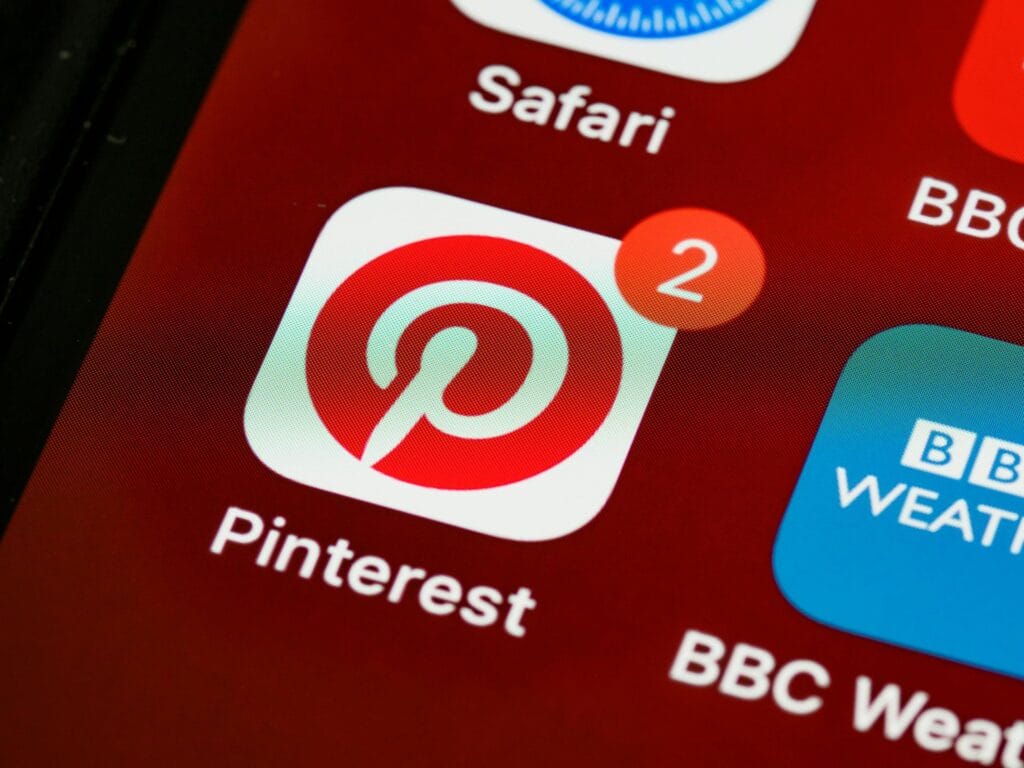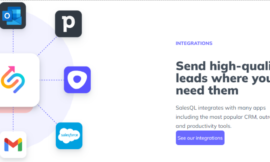Pinterest traffic to my blog
I’m going to share my personal journey of how Pinterest traffic to my blog tripled in just six months. If you’re a blogger, you’ve probably heard that Pinterest is a goldmine for driving free traffic. But let me tell you, it’s not just hype—it’s real. In this post, I’ll walk you through the exact strategies, tools, and mistakes I made along the way. Whether you’re a beginner or an experienced blogger, these Pinterest tips and tricks will help you grow your blog traffic in 2025 and beyond.

Why Pinterest is a Game-Changer for Bloggers
When I first started blogging, I relied heavily on Google SEO and social media platforms like Instagram and Facebook. While these channels brought in some traffic, it wasn’t consistent or scalable. Then, I discovered Pinterest.
Unlike other platforms, Pinterest is a visual search engine where users actively search for ideas and solutions. This means your content has a longer shelf life. A pin you create today can drive traffic to your blog months or even years later.
In my case, Pinterest became the driving force behind my blog’s growth. By implementing the right Pinterest strategies, I was able to triple my blog traffic in just six months. Here’s how I did it.
My Pinterest Journey: From Zero to Triple-Digit Traffic
The Beginning: Mistakes I Made
When I first started using Pinterest, I treated it like any other social media platform. I pinned sporadically, didn’t focus on design, and ignored SEO altogether. Unsurprisingly, my traffic was minimal.
I quickly realized that Pinterest requires a different approach. It’s not about posting pretty pictures—it’s about creating searchable, click-worthy content that drives traffic to your blog.
The Turning Point: My Pinterest Strategy
Here’s the step-by-step strategy I used to triple my blog traffic:
1. Optimized My Pinterest Profile
The first thing I did was optimize my Pinterest profile for search. Here’s how:
- Keyword-Rich Bio: I updated my bio to include keywords like blogging tips, Pinterest strategies, and blog traffic growth.
- Enabled Rich Pins: Rich Pins automatically pull metadata from your blog, making your pins more informative and click-worthy.
- Organized Boards: I created boards with keyword-focused titles and descriptions, such as “Blogging Tips for Beginners” and “Pinterest SEO Strategies.”
2. Mastered Pinterest SEO
Pinterest SEO is the backbone of driving traffic. Here’s what I did:
- Keyword Research: I used tools like Pinterest Keyword Tool and Tailwind to find high-volume, low-competition keywords.
- Optimized Pin Descriptions: I added these keywords to my pin titles and descriptions. For example, instead of writing “Check out my blog post,” I wrote “10 Pinterest Tips to Triple Your Blog Traffic.”
- Focused on Evergreen Content: I created pins around topics that remain relevant year-round, such as “How to Start a Blog” and “Easy Pinterest SEO Tips.”
3. Created Eye-Catching Pins
Design is everything on Pinterest. I used Canva to create pins that stood out in the feed. Here’s what worked for me:
- Vertical Images: I stuck to the 2:3 ratio (e.g., 1000×1500 pixels) for better visibility.
- Bold Fonts and Colors: I used bold, easy-to-read fonts and vibrant colors to grab attention.
- Text Overlays: I added text overlays to highlight the value of my content, such as “Boost Your Free Traffic in 2025! – The Best Pinterest Blogging Tips and Tricks”
4. Leveraged Video Pins and Idea Pins
Video content is huge on Pinterest. I started creating Video Pins and Idea Pins to showcase my blog posts in a dynamic way. For example:
- I turned a blog post about “10 Pinterest Tips for Bloggers” into a short video tutorial.
5. Scheduled Pins Consistently
Consistency is key on Pinterest. I used Tailwind to schedule pins at optimal times. I aimed for 15-20 pins per day, mixing my own content with relevant pins from others.
6. Joined Group Boards
Group boards are a great way to reach a wider audience. I joined several group boards in my niche and shared my content there. This helped me get more exposure and drive traffic to my blog.
7. Tracked My Performance
I used Pinterest Analytics to track my performance and refine my strategy. I focused on metrics like impressions, saves, and click-through rates (CTR). If a pin wasn’t performing well, I tweaked the design or description and repinned it.
Tools That Helped Me Succeed
Here are the tools that made a huge difference in my Pinterest strategy:
- Canva: For designing stunning pins.
- Tailwind: For scheduling pins and analyzing performance.
- Pinterest Keyword Tool: For finding trending keywords.
- Google Analytics: For tracking Pinterest traffic to my blog.
Lessons I Learned Along the Way
1. Quality Over Quantity
When I first started, I thought pinning as much as possible would boost my traffic. I was wrong. Focus on creating high-quality, evergreen pins that drive consistent traffic.
2. Patience is Key
Pinterest is not a get-rich-quick scheme. It took me about three months to see significant traffic growth. Be patient and consistent.
3. Stay Updated on Trends
Pinterest trends change constantly. Stay updated on the latest trends, such as Video Pins and Shoppable Pins, to keep your strategy fresh.
The Results: How My Blog Traffic Tripled
After six months of implementing these strategies, my blog traffic from Pinterest tripled.





